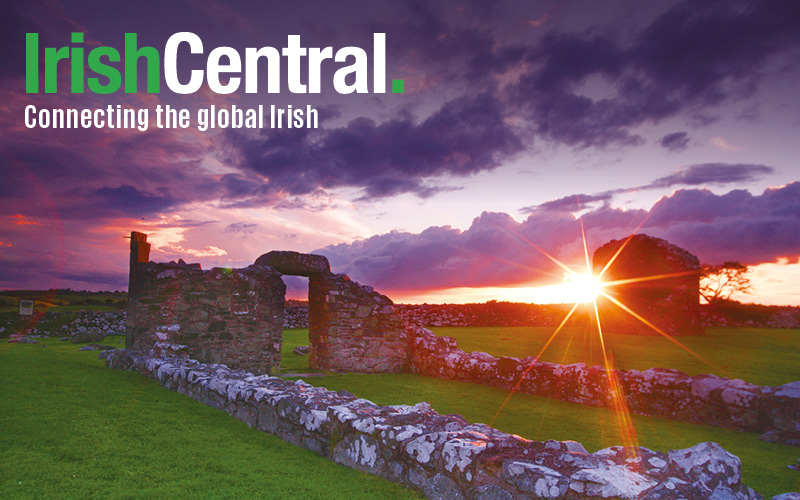Findmypast is working in partnership with IrishCentral to share fascinating insights into your Irish ancestors. Click here to get a special half price subscription, and discover your Irish roots today!
The problems people faced trying to prove their age when applying for the Old Age Pension in early twentieth century Ireland have left a legacy of valuable family history records today. Church Of Ireland parish record search forms, recently added to Findmypast, are one such collection of vital Irish genealogical details.
When the Old Age Pension was introduced in Ireland in 1909, it was welcomed enthusiastically. Five shillings a week was a significant amount for a single person, as was seven shillings for a married couple. Even though the rates had deliberately been kept low to encourage people to save for their retirement, the average laborer's’s wage at the time was only 10 shillings a week.
Applicants had to have an income of less than £31 and 10 shillings a year and to be of “good character”. In practice that meant those who were receiving Poor Relief or who were institutionalized “lunatics” were disqualified, as was anyone who had a prison record within 10 years of applying. You could also be refused, on a discretionary basis, if you had been convicted of drunkenness or had a history of “habitual failure to work”.
To receive the full pension you had to be on an income of less than £21 a year, with the value dropping for every extra £2, 12 shillings and sixpence of annual income until the £31 and 10 shillings ceiling.
Even with all these caveats, by the 31 March 1910, 180,974 Irish pensions had been granted. Almost 100% of those eligible for the pension applied – compared to 44% in England and Wales. Those old enough to claim would have been born before the Great Famine, so the demographic for that age group was somewhat skewed but even so, there was some controversy in England about the greater percentage of the population in need of the payment. It had taken the Westminster government several years to work out the terms of the payment – initial concerns had included single women receiving the payment.
In those early days, there was another problem for those applying for the pension. Civil registration had only been introduced in Ireland in 1864 and registration in parish registers had always been somewhat sporadic. People had simply not registered births, marriages and deaths if doing so had meant a long trip to the relevant parish. So people were left with a problem when it came to proving whether they were old enough to receive the pension. The earliest reliable census was 1841. A rule of thumb for pension applicants became whether or not they could remember “the Night of the Big Wind”, the hurricane that hit Ireland in January 1839.
It was this problem of proving age that leaves modern genealogists with such a valuable resource. In order to prove how old they were, applicants – or more usually the person who was certifying the age, a local priest or vicar or a Justice of the Peace for example – would contact the Public Records Office to carry out a search of the available records. Findmypast already carries the Catholic search forms which searched the 1841 and 1851 censuses. But now the Church of Ireland search forms are available to search, giving access to even more details from records now lost for ever.
Unlike the Catholic registers, which were kept in the individual parishes, Church of Ireland registers were often deposited in the Public Records Office. This means that, when the Public Records Office was destroyed in the fire of 1922, many of these records were lost forever. While duplicates have been found for many of the Church of Ireland registers in the intervening years, they are not yet searchable online. The Church of Ireland parish record search forms therefore provide an invaluable resource for these missing records.
The forms themselves are fascinating and will be recognizable to anyone who has conducted their own genealogical search. Each form asked for the name and address of the applicant, their date of birth and the names of both parents. The completed forms that you can see on Findmypast today have the penciled notes of the Records Office clerk who was undertaking the search – so you can see where they searched and what they found.
As with any genealogical search, sometimes the result was not what was expected. You can find the names of siblings and other family members who had been found in the records even when the applicant was missing.
It would not be possible to demand a search of these 19th century records today as so many of them simply no longer exist. The Church of Ireland parish search forms go some way to fill that gap.
For more stories on tracing your Irish heritage from Findmypast click here.




Comments